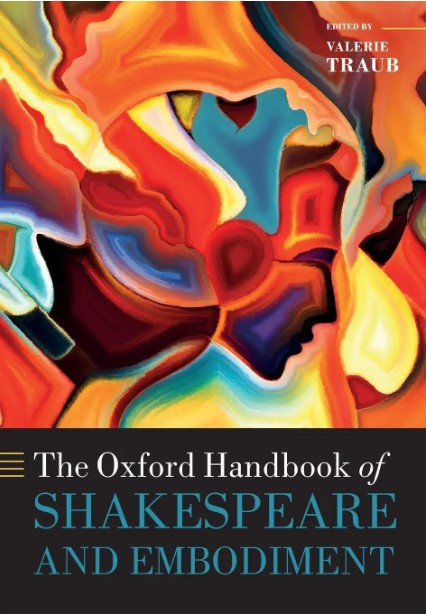
Encountering the Text
This is a short section of a short essay, but we include it as an example of the ways that early modern texts have been occasionally and interestingly discussed by scholars of disability (applying the early modern to disability studies, instead of the opposite trajectory).
Here, Seibers uses Ophelia (and, elsewhere in the essay, Falstaff) to challenge the rules of a disability canon and to discuss the limits of diagnostic approaches to literary disability studies; toward the end, and in parts not included in this selection, he troubles the idea that Richard III should be our go-to representation of disability in Shakespeare?
- How, if at all, does reading Seibers’s take on Ophelia change your thoughts on the Hamlet scene earlier in our reading? What about the Richard III scene?
- What are disability knowledges? How do we know them when we see them, and how is identifying or recognizing them distinct from (or related to) a diagnostic approach?
- How do the guidelines Seibers outlines in his coda apply more broadly to our work in premodern disability studies? Where might historical and methodological distinctions make it challenging to follow the coda in our types of scholarship?